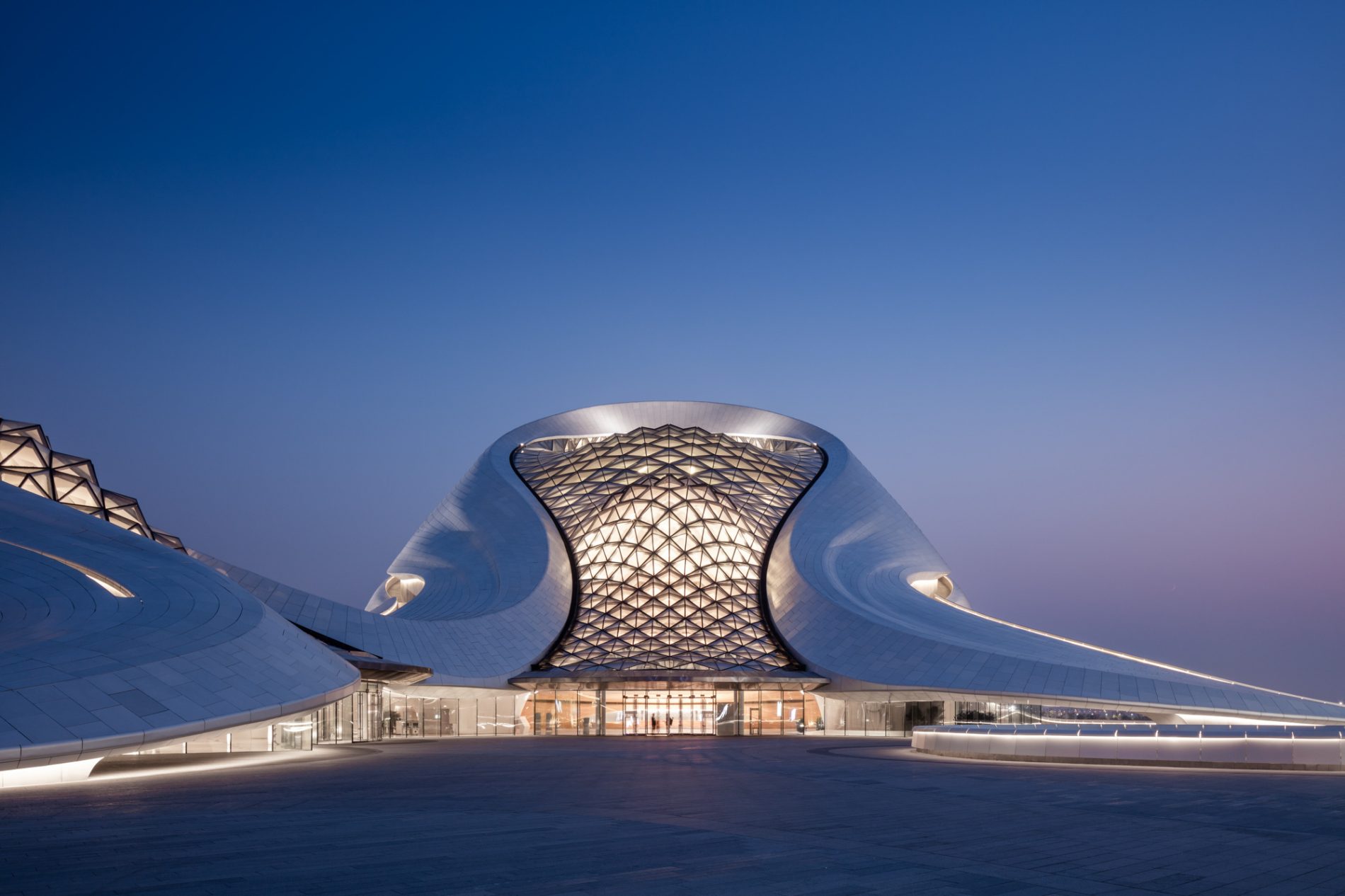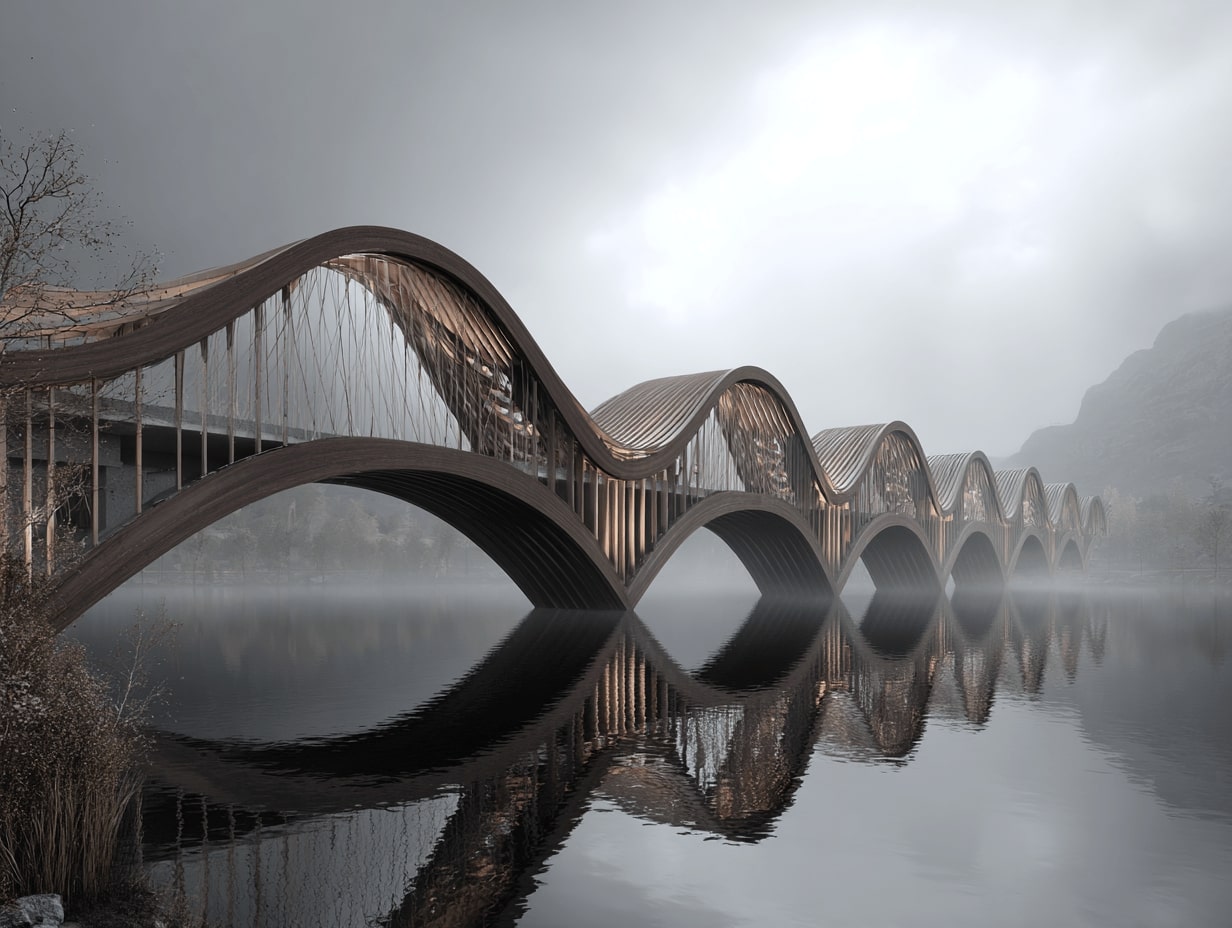- Home
- Articles
- Architectural Portfolio
- Architectral Presentation
- Inspirational Stories
- Architecture News
- Visualization
- BIM Industry
- Facade Design
- Parametric Design
- Career
- Landscape Architecture
- Construction
- Artificial Intelligence
- Sketching
- Design Softwares
- Diagrams
- Writing
- Architectural Tips
- Sustainability
- Courses
- Concept
- Technology
- History & Heritage
- Future of Architecture
- Guides & How-To
- Art & Culture
- Projects
- Interior Design
- Competitions
- Jobs
- Store
- Tools
- More
- Home
- Articles
- Architectural Portfolio
- Architectral Presentation
- Inspirational Stories
- Architecture News
- Visualization
- BIM Industry
- Facade Design
- Parametric Design
- Career
- Landscape Architecture
- Construction
- Artificial Intelligence
- Sketching
- Design Softwares
- Diagrams
- Writing
- Architectural Tips
- Sustainability
- Courses
- Concept
- Technology
- History & Heritage
- Future of Architecture
- Guides & How-To
- Art & Culture
- Projects
- Interior Design
- Competitions
- Jobs
- Store
- Tools
- More
Parametric Design: The Future of Architectural Innovation

As we gaze into the future of architecture, one can’t help but notice the rise of a dynamic and disruptive methodology — Parametric Design. This innovative approach is redefining the way we conceptualize, plan, and ultimately create buildings, urban landscapes, and interior spaces. But what exactly is Parametric Design, and how is it paving the way for the future of architectural innovation? Let’s dive in.
Understanding Parametric Design
Parametric Design is an advanced design methodology that employs algorithms and computational geometry to create complex, adaptable designs. It is driven by a set of parameters and rules defined by the designer. These parameters could be anything — dimensions, material types, environmental factors, even aesthetic preferences. By changing these parameters, designers can generate an infinite number of design variations quickly and efficiently.

A typical Parametric Design process can be divided into five key steps:
- Defining the Problem: This is where the designer defines the problem or objective. This could be anything from designing a sustainable building that optimizes natural light to creating a complex structural form for aesthetic appeal.
- Setting up Parameters: Next, the designer establishes the parameters that will guide the design. These parameters could include anything from structural loads, energy efficiency targets, spatial requirements, and more. These parameters are then encoded into a computer program.
- Formulating Rules and Relationships: The designer then establishes the rules and relationships between different parameters. For example, a rule could dictate that as the size of a room increases, the number of windows should also increase. These rules are also encoded into the program.
- Running the Program: Once the parameters and rules are in place, the designer can run the program to generate designs. Each design is a unique combination of parameters based on the rules set by the designer.
- Optimizing the Design: The program can generate countless designs, each one offering a unique solution to the problem. The designer then analyzes these designs to find the best solution. This could involve further fine-tuning the parameters and rules or running the program again with a new set of parameters.
This process represents a significant departure from traditional design methods, where the designer creates a design manually and then checks to see if it meets the project requirements. With Parametric Design, the design is generated based on the project requirements, leading to a more optimized and efficient design process.
One of the pioneers of parametric design in architecture is Zaha Hadid, an architect renowned for her audacious and futuristic designs. Her innovative approach helped popularize parametric design in the architectural world, with projects like the Guangzhou Opera House and the London Aquatics Centre showcasing the power of this methodology. These buildings, characterized by their dynamic, flowing forms, illustrate how parametric design can produce structures that seamlessly integrate with their surroundings while maintaining a unique aesthetic appeal. Hadid’s legacy continues to inspire and shape the field of parametric architecture, propelling it forward into an exciting future.

The Impact on Architecture
Parametric Design is much more than just a novel way of creating designs. It has the potential to revolutionize the field of architecture in several ways:
Efficiency and Speed: Because Parametric Design involves generating designs computationally, it is significantly faster than traditional design methods. This allows architects to explore a wider range of designs in less time.
Flexibility and Adaptability: Parametric Design enables architects to easily adapt their designs to changing conditions. If a client wants to see how the design would look with different materials or dimensions, the architect can simply adjust the parameters and generate a new design.
Innovation and Creativity: Because Parametric Design allows architects to explore a wider range of designs, it fosters greater innovation and creativity. This has led to the creation of some truly unique and groundbreaking architectural forms.
Sustainability: Parametric Design makes it easier for architects to incorporate sustainable design principles into their work. For example, they can use parameters related to energy efficiency or natural light to create a design that is both aesthetically pleasing and environmentally friendly.
As we move further into the 21st century, Parametric Design is set to become an increasingly important tool for architects. By harnessing the power of algorithms and computation, this innovative approach is helping architects push the boundaries of what is possible in design. And in doing so, it’s paving the way for a future of architectural innovation that is as exciting as it is promising.

Submit your architectural projects
Follow these steps for submission your project. Submission FormLatest Posts
Top 10 Examples of Parametric Architecture Around the World
Parametric architecture is reshaping global design through computational tools that generate fluid...
10 Notable Architects Who Excel in Parametric Design
Discover 10 leading architects who excel in parametric design, showcasing how computation,...
Parametric Design in Bridge Architecture: From Idea to Ribbon-Cut
Parametric design in bridge architecture: how data, rules, and optimization speed iterations,...
8 Principles of Parametric Architecture You Should Know
Parametric architecture merges computational logic with creative exploration, allowing designers to generate...












Leave a comment